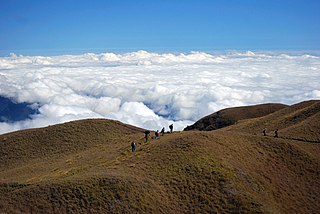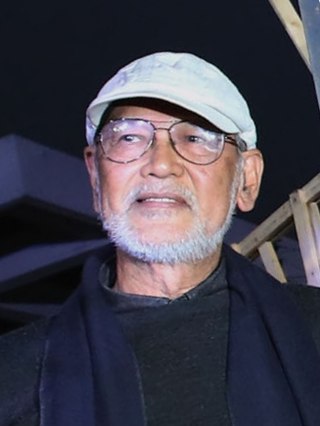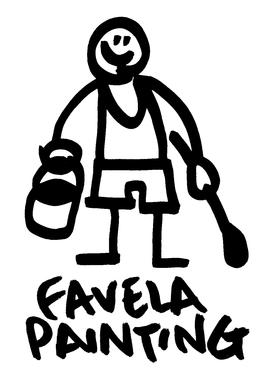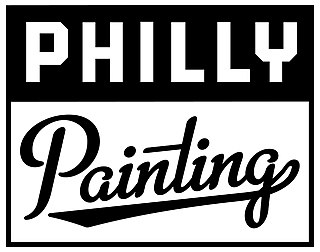
A mural is any piece of graphic artwork that is painted or applied directly to a wall, ceiling or other permanent substrate. Mural techniques include fresco, mosaic, graffiti and marouflage.

Baguio, officially the City of Baguio, is a 1st class highly urbanized city in the Cordillera Administrative Region, Philippines. It is known as the "Summer Capital of the Philippines", owing to its cool climate since the city is located approximately 4,810 feet above mean sea level, often cited as 1,540 meters in the Luzon tropical pine forests ecoregion, which also makes it conducive for the growth of mossy plants, orchids and pine trees, to which it attributes its other moniker as the "City of Pines".

Benguet, officially the Province of Benguet, is a landlocked province of the Philippines located in the southern tip of the Cordillera Administrative Region in the island of Luzon. Its capital is La Trinidad.

Paul Delvaux was a Belgian painter noted for his dream-like scenes of women, classical architecture, trains and train stations, and skeletons, often in combination. He is often considered a surrealist, although he only briefly identified with the Surrealist movement. He was influenced by the works of Giorgio de Chirico and René Magritte, but developed his own fantastical subjects and hyper-realistic styling, combining the detailed classical beauty of academic painting with the bizarre juxtapositions of surrealism.

La Trinidad, officially the Municipality of La Trinidad, is a 1st class municipality and capital of the province of Benguet, Philippines. According to the 2020 census, it has a population of 137,404 people.

Atok, officially the Municipality of Atok,, is a 4th class municipality in the province of Benguet, Philippines. According to the 2020 census, it has a population of 19,218 people.

Tuba, officially the Municipality of Tuba,, is a 1st class municipality in the province of Benguet, Philippines. According to the 2020 census, it has a population of 48,312 people.

Kennon Road, also known as the Rosario–Baguio Road, is a two lane 33.53-kilometer (20.83 mi) roadway in Benguet province in the Philippines connecting the mountain city of Baguio in Benguet to the lowland town of Rosario in La Union province. The project began in 1903 and opened for travel on January 29, 1905. Originally called Benguet Road, it was later renamed in honor of its builder, Col. Lyman Walter Vere Kennon of the U.S. Army Corps of Engineers. It is the second oldest road that leads to Baguio, after Quirino Highway, and the shortest route to Baguio for travelers from Manila and provinces in central and southern Luzon.

Benedicto Reyes Cabrera, better known as "BenCab", is a Filipino painter who was conferred a National Artist of the Philippines for Visual Arts (Painting) in 2006. He has been noted as "arguably the best-selling painter of his generation of Filipino artists."

DZWXBombo Radyo is a radio station owned and operated by Bombo Radyo Philippines through its licensee People's Broadcasting Service. Its studio and offices are located at Bombo Radyo Broadcast Center, #87 Lourdes Subdivision Rd., Baguio, while its transmitter is located at Tam-awan, Brgy. Pinsao, Baguio.

Metro Baguio, also known as BLISTT, is an agglomeration of the city of Baguio and five municipalities of the Philippine province of Benguet, namely: La Trinidad, Itogon, Sablan, Tuba, and Tublay.

Mount Data is a mountain located in the Cordillera Central mountain range rising to a height of 2,310 metres (7,580 ft) in the north of Luzon Island, Philippines. It is about 100 kilometres (62 mi) north of Baguio on the borders of the provinces of Benguet and Mountain Province along the Halsema Highway. The mountain and surrounding area has been declared a national park since 1936. In 1940 the park was expanded to 5,513 hectares. The slopes of the mountain are covered with pine forests and mossy oak forests.

Favela Painting is the name of a series of community artwork in Rio de Janeiro, Brazil painted by Dutch artists Jeroen Koolhaas and Dre Urhahn with the help of local people. Firmeza Foundation, an organization based in Netherlands runs the project. The project is mainly funded by grants and donations and the main idea is to collaborate with the local people to create community artwork.

Philly Painting is a community-driven art project in North Philadelphia. The goal of the project is to create artwork in the town with the help of the local people. The project is organized by Philadelphia Mural Arts Program and spearheaded by the Dutch artist duo Haas&Hahn. As the first phase of Philly Painting project, Haas&Hahn hired and trained a group of people to paint 50 storefront buildings on Germantown Avenue, east of Broad Street in North Philadelphia in 2012.

The bust of Ferdinand Marcos along the Aspiras–Palispis Highway in Tuba, Benguet, Philippines, was a 30-meter (98 ft) concrete monument of former Philippine President, dictator and kleptocrat Ferdinand Marcos. The monument became a subject of controversy as its construction displaced indigenous Ibaloi residents in the sparsely populated area, and Ibaloi residents were reportedly forced to sell their ancestral land at very low prices. The monument was destroyed in December 2002, with the New People's Army, the armed wing of the Communist Party of the Philippines, taking credit for its destruction.
The Benguet–Nueva Vizcaya Road,, is the road system that connects the provinces of Benguet and Nueva Vizcaya in the Philippines.
Jordan Mang-osan is a Filipino artist who harnesses the power of the sun to create pyrography drawings. Pyrography is the art of decorating wood or other materials with burn marks.
ONE: Union of the Senses is a mural by American artist José Parlá on display in the lobby of One World Trade Center in Manhattan, New York City. Commissioned in 2014, the painting was completed and installed in 2015. Measuring 90 feet wide, the painting is believed to be the largest painting in New York City.

Marquez "Mark" Ocampo Go is a Filipino businessman and politician. A member of the Nacionalista Party, he is the incumbent representative of the legislative district of Baguio since 2016. He is also an outstanding citizen of Baguio awardee in 1998.

The COVID-19 pandemic in the Cordillera Administrative Region is part of the worldwide pandemic of coronavirus disease 2019 caused by severe acute respiratory syndrome coronavirus 2. The virus reached the Cordillera Administrative Region on March 20, 2020, when the first case of the disease was confirmed to involve a resident of Manabo, Abra. All provinces, as well as the independent city of Baguio has recorded at least one confirmed COVID-19 case.




















